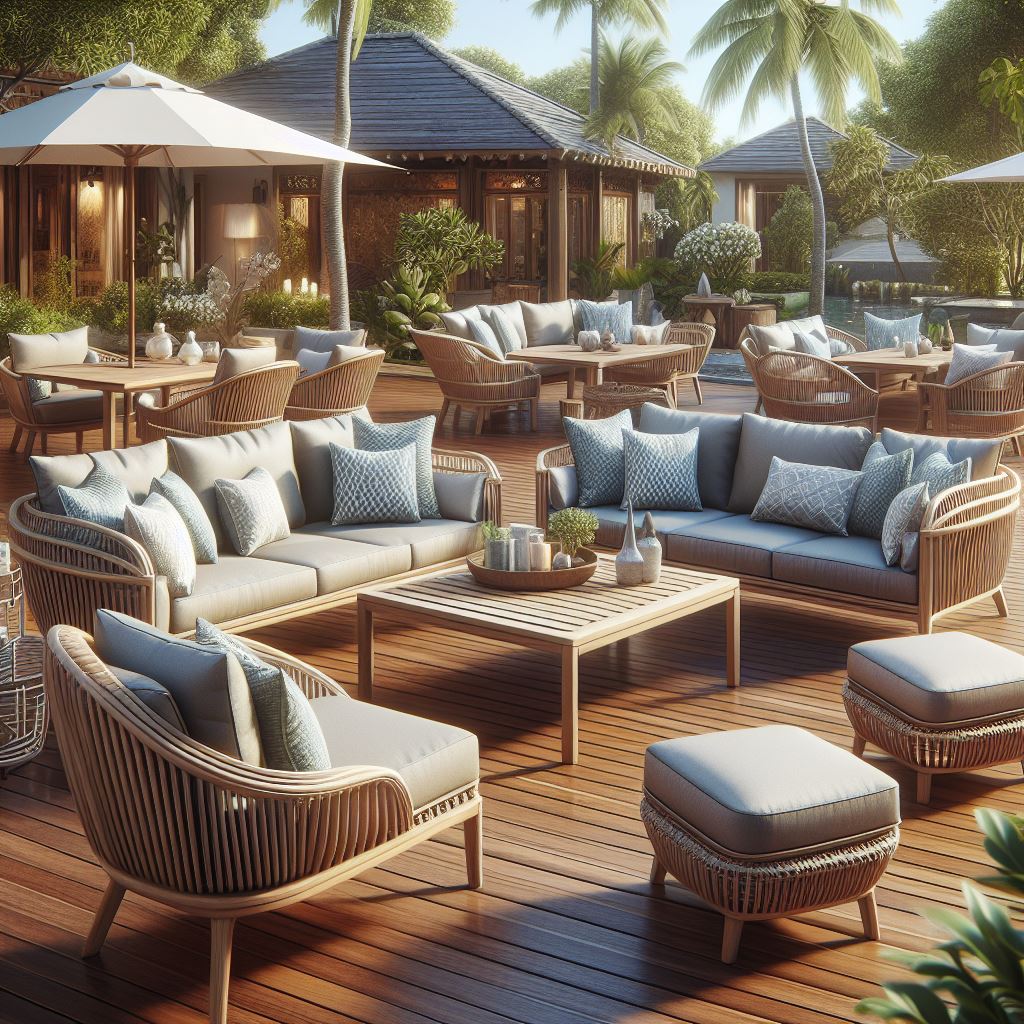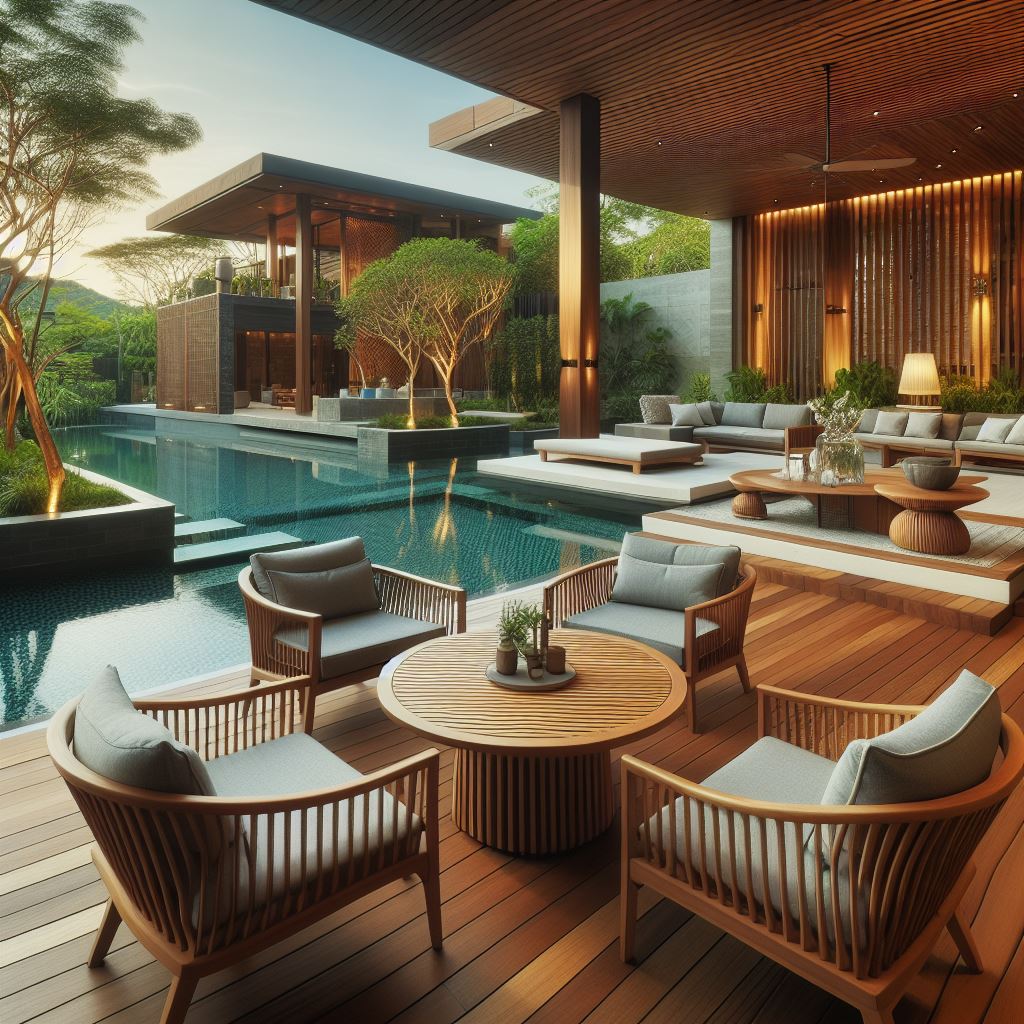In today’s fast-paced world, simplicity is often cherished as a sanctuary amidst the chaos. Minimalist decor, with its clean lines, uncluttered spaces, and focus on functionality, offers a haven of tranquility in our homes. But achieving modern simplicity in decor goes beyond just decluttering; it’s about embracing a lifestyle that prioritizes mindfulness and intentional living.
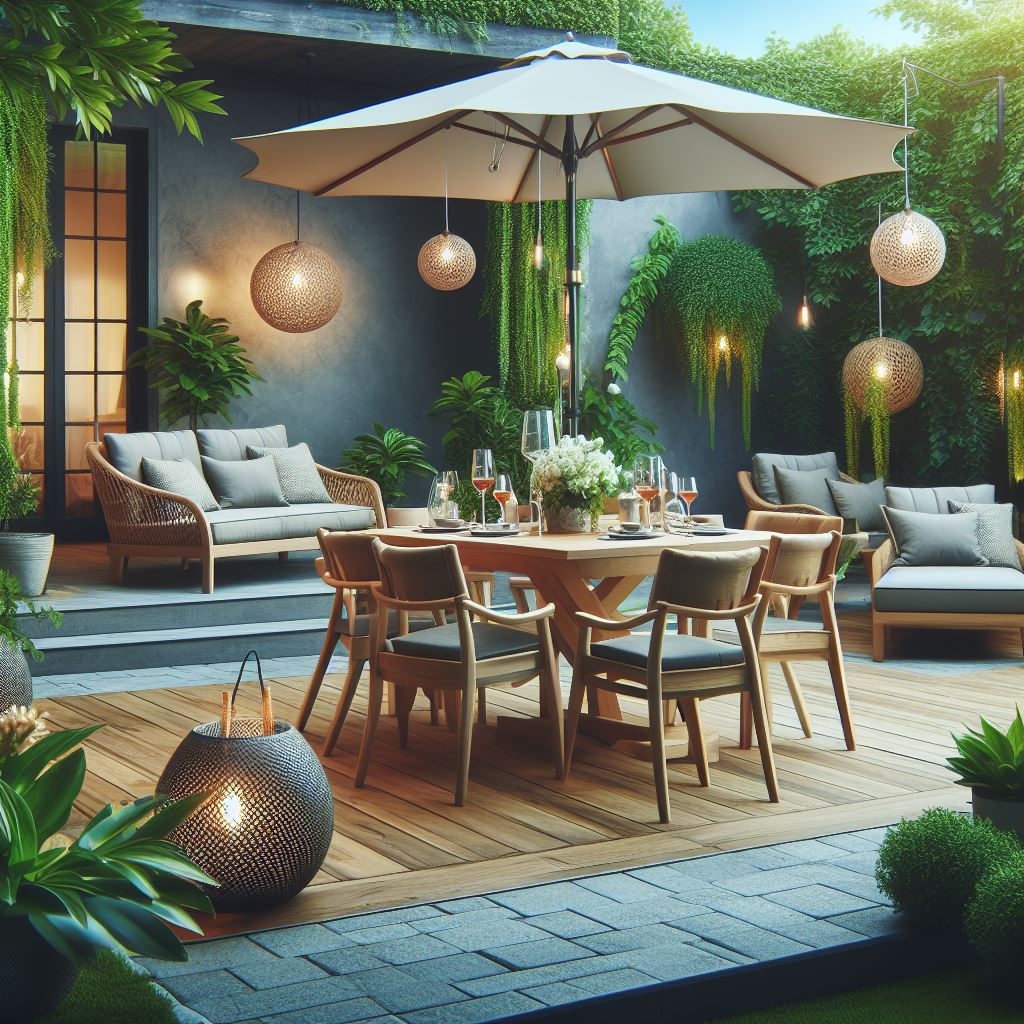
Introduction to Minimalist Decor
Minimalist decor is more than just a design trend; it’s a philosophy that advocates for simplicity and purpose in every aspect of our lives. Rooted in the principle of “less is more,” minimalist design emphasizes clean lines, open spaces, and a curated selection of essentials. Originating in the early 20th century, minimalist design has evolved over the years to become a timeless aesthetic that transcends fleeting trends.
Key Principles of Minimalist Design
At the core of minimalist design are several key principles that guide its aesthetic:
1. Simplicity: Minimalist decor strips away the unnecessary, focusing only on the essential elements that bring harmony and balance to a space.
2. Functionality: Every piece of furniture and decor serves a purpose in minimalist design, ensuring that form always follows function.
3. Clean Lines: Straightforward and unadorned, clean lines are a hallmark of minimalist decor, creating a sense of calm and orderliness.
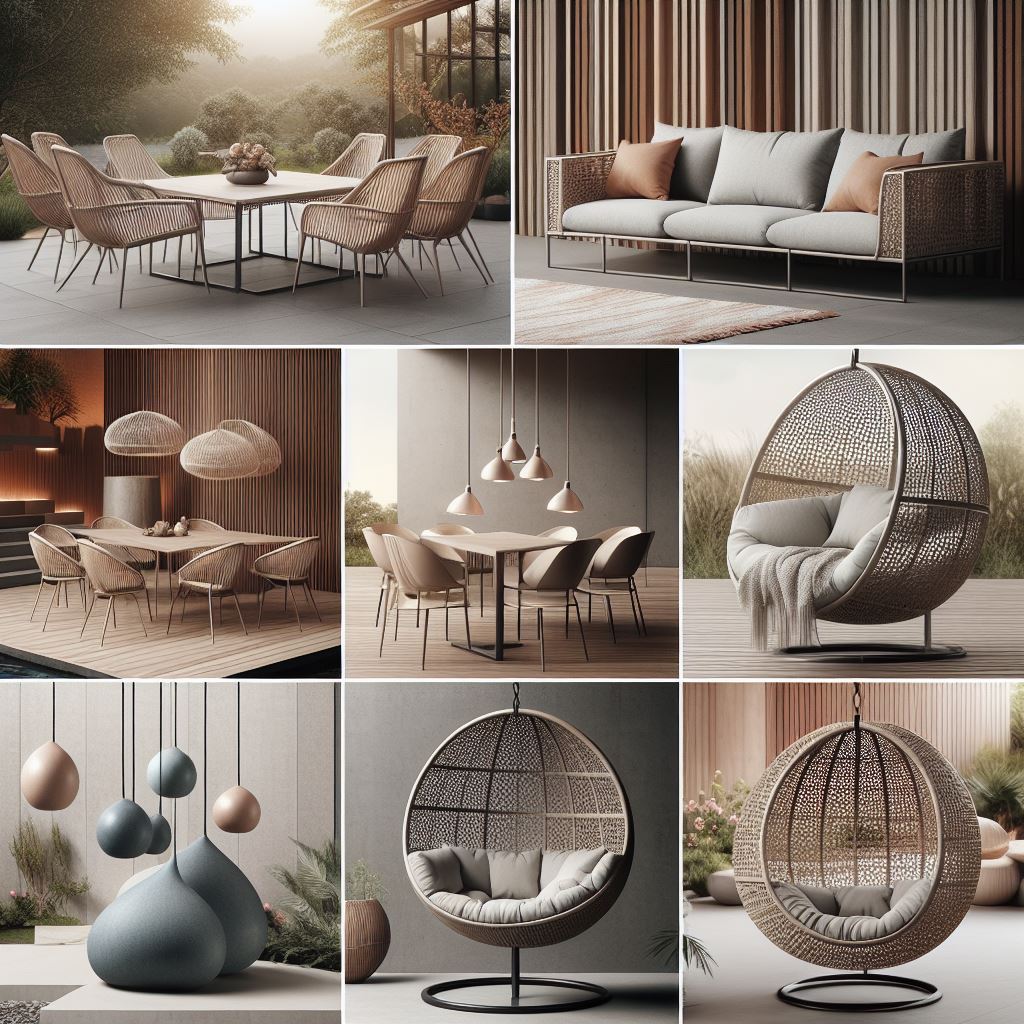
Color Palette and Materials
When it comes to color palettes, minimalist decor embraces simplicity with neutral tones such as whites, grays, and beiges. These understated hues provide a timeless backdrop that allows the beauty of natural materials to shine through. Speaking of which, natural materials like wood, stone, and metal are favored in minimalist design for their organic textures and inherent warmth.
Furniture Selection
In a minimalist space, furniture serves a dual purpose: to provide comfort and functionality while maintaining visual harmony. Multi-functional pieces, such as modular sofas and storage ottomans, are ideal for maximizing space without sacrificing style. Additionally, furniture with sleek silhouettes and minimal ornamentation complements the clean aesthetic of minimalist decor.
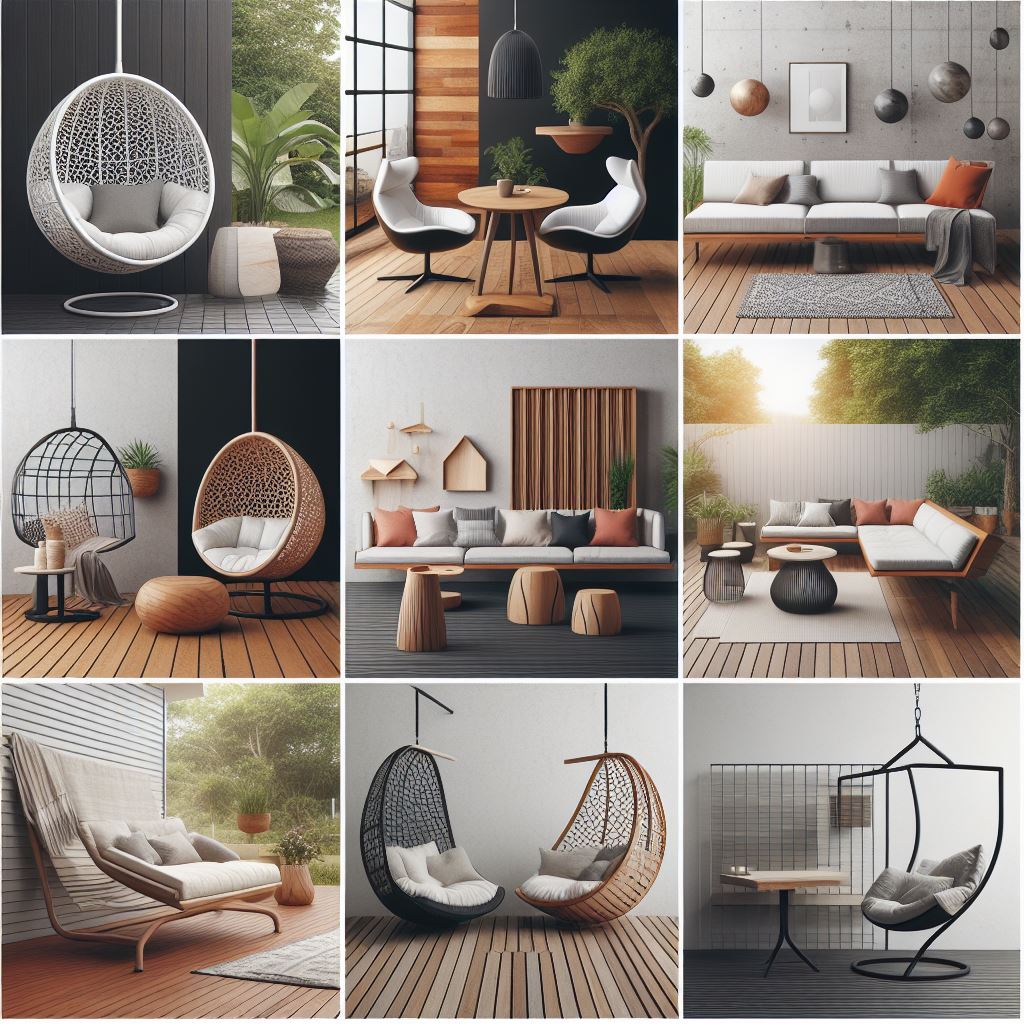
Decluttering Techniques
Decluttering is a fundamental aspect of minimalist design, as it helps create a sense of openness and tranquility in a space. To declutter effectively, start by assessing each item in your home and determining its value and utility. Embrace the “less is more” mindset by letting go of unnecessary possessions and organizing the essentials in a thoughtful manner.
Lighting and Ambiance
Lighting plays a crucial role in setting the mood and ambiance of a minimalist space. Natural light is prized in minimalist design for its ability to illuminate the space and accentuate its clean lines. When artificial lighting is needed, opt for fixtures with simple, understated designs that complement the overall aesthetic.
Incorporating Art and Accessories
While minimalist decor is characterized by its simplicity, that doesn’t mean it has to be devoid of personality. Selecting minimalist artwork and purposefully placing accessories can add visual interest to a space without overwhelming it. Choose artwork with clean, abstract designs and opt for a few carefully curated accessories that enhance the aesthetic of the room.
Creating Tranquil Spaces
Minimalist decor encourages creating tranquil spaces that promote relaxation and mindfulness. Incorporating elements of nature, such as indoor plants and natural textures, can evoke a sense of serenity and connection to the outdoors. Zen-inspired design principles, such as simplicity, harmony, and balance, further contribute to the tranquil atmosphere of minimalist spaces.
Minimalism in Different Rooms
From the living room to the bedroom to the kitchen, minimalist design can be applied to every room in the home. In the living room, focus on comfortable seating arrangements and uncluttered surfaces. In the bedroom, create a serene oasis with a minimalist bed frame and calming color palette. In the kitchen, opt for sleek, streamlined cabinetry and minimalistic appliances to maintain a sense of orderliness.
Balancing Minimalism with Functionality
While minimalist design prioritizes simplicity, it’s essential to strike a balance between minimalism and functionality. Consider your lifestyle and practical needs when designing a minimalist space, ensuring that it remains both beautiful and livable. Incorporate storage solutions and organizational tools to maintain a clutter-free environment without sacrificing convenience.
Minimalism and Sustainability
Minimalist design aligns closely with principles of sustainability, as it encourages conscious consumption and the use of eco-friendly materials. Opt for furniture and decor made from sustainable materials, such as reclaimed wood and recycled metals, to reduce environmental impact. By investing in quality pieces that stand the test of time, you can minimize waste and create a more sustainable home environment.
Cost Considerations
Contrary to popular belief, minimalist decor doesn’t have to break the bank. While some minimalist furniture and decor may come with a higher price tag, there are plenty of budget-friendly options available. Shop smart by investing in quality pieces that will last for years to come, and don’t be afraid to mix high-end items with more affordable alternatives to achieve the desired aesthetic.
Minimalism in Small Spaces
In small spaces, minimalist design becomes even more critical for maximizing functionality and visual appeal. Embrace space-saving solutions such as multifunctional furniture and clever storage hacks to make the most of every square inch. Keep the color palette light and airy to create the illusion of more space, and avoid cluttering the room with unnecessary items.
Minimalist Decor Trends
While minimalist design has stood the test of time, it’s not immune to trends. Current trends in minimalist decor include earthy tones, organic shapes, and sustainable materials. Looking ahead, we can expect to see continued innovation in minimalist design, with an emphasis on sustainability, functionality, and timeless elegance.
Conclusion
Achieving modern simplicity in decor is not just about aesthetics; it’s about embracing a lifestyle that values mindfulness, intentionality, and sustainability. By following the key principles of minimalist design and incorporating them into every aspect of your home, you can create a sanctuary of tranquility and beauty that reflects your unique style and values.
FAQs
- Is minimalist decor suitable for families with children?
- Yes, minimalist decor can be family-friendly with the right approach. Opt for durable, easy-to-clean materials and incorporate plenty of storage solutions to keep toys and clutter out of sight.
- Can I incorporate color into a minimalist space?
- While minimalist decor typically favors neutral color palettes, you can still incorporate pops of color to add visual interest. Just be sure to keep it subtle and cohesive with the overall aesthetic.
- How can I make my minimalist space feel cozy?
- Adding soft textures such as plush rugs, throw pillows, and cozy blankets can help create a warm and inviting atmosphere in a minimalist space.
- What are some common mistakes to avoid when decorating with minimalist style?
- One common mistake is over-cluttering a minimalist space with unnecessary decor. It’s essential to strike a balance between minimalism and personalization to avoid creating a sterile environment.
- Is minimalist decor suitable for all types of homes?
- Yes, minimalist decor can be adapted to suit any style of home, from modern apartments to rustic cottages. It’s all about embracing simplicity and creating a space that reflects your personal taste and lifestyle.
